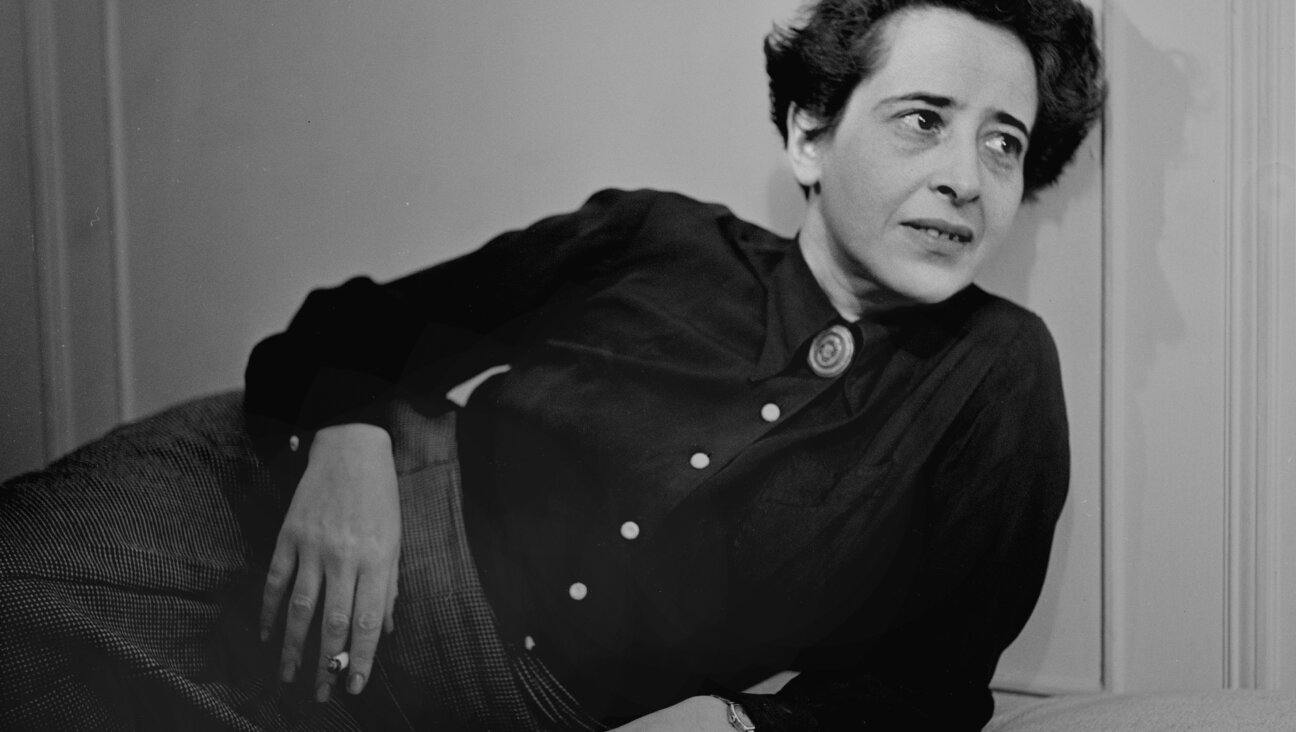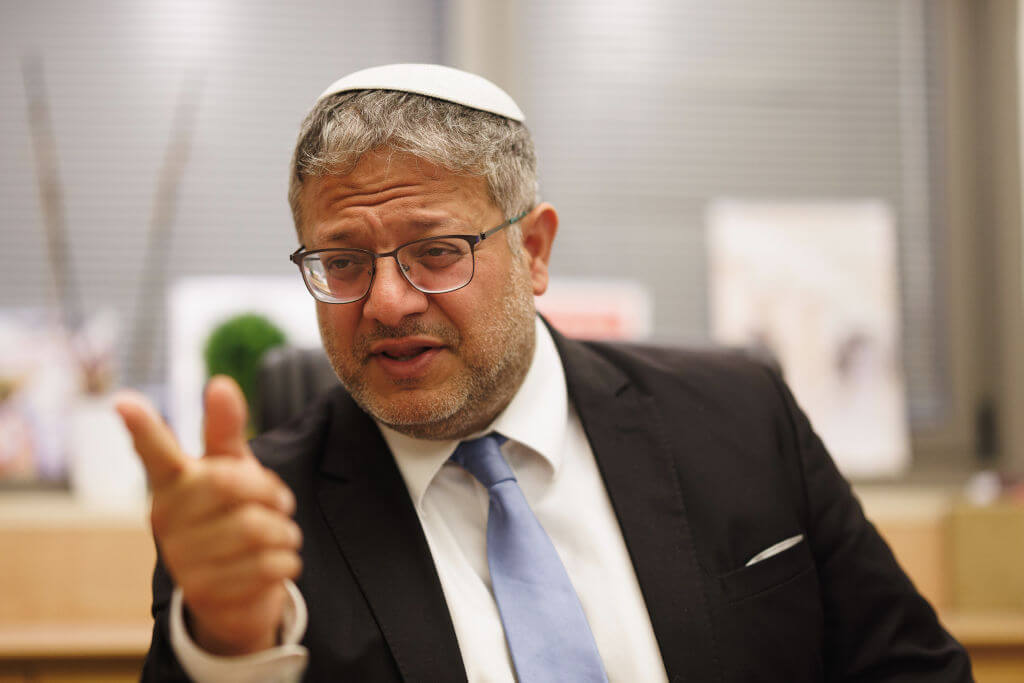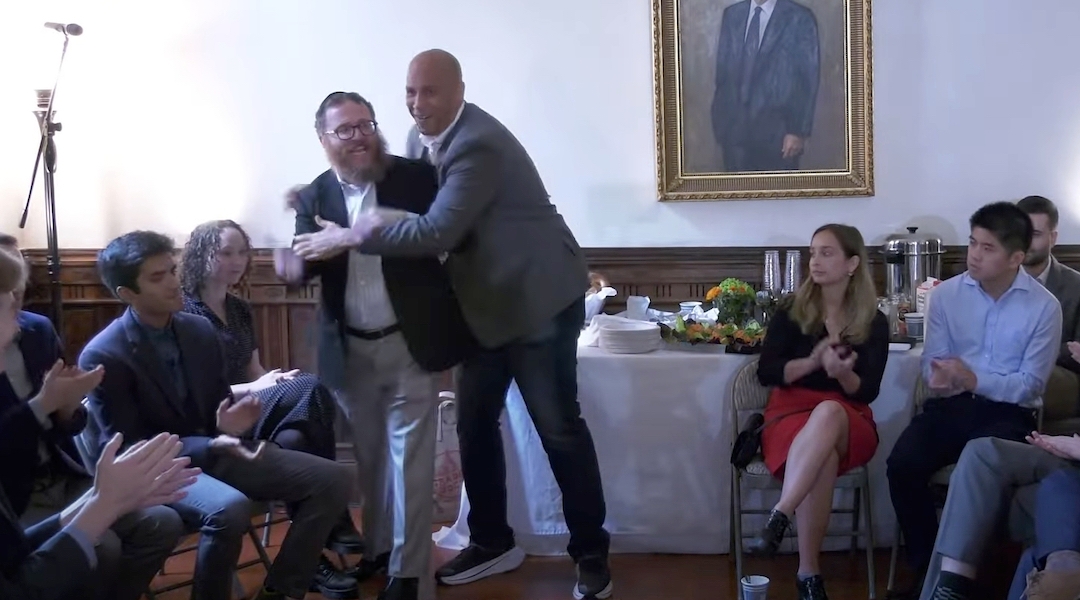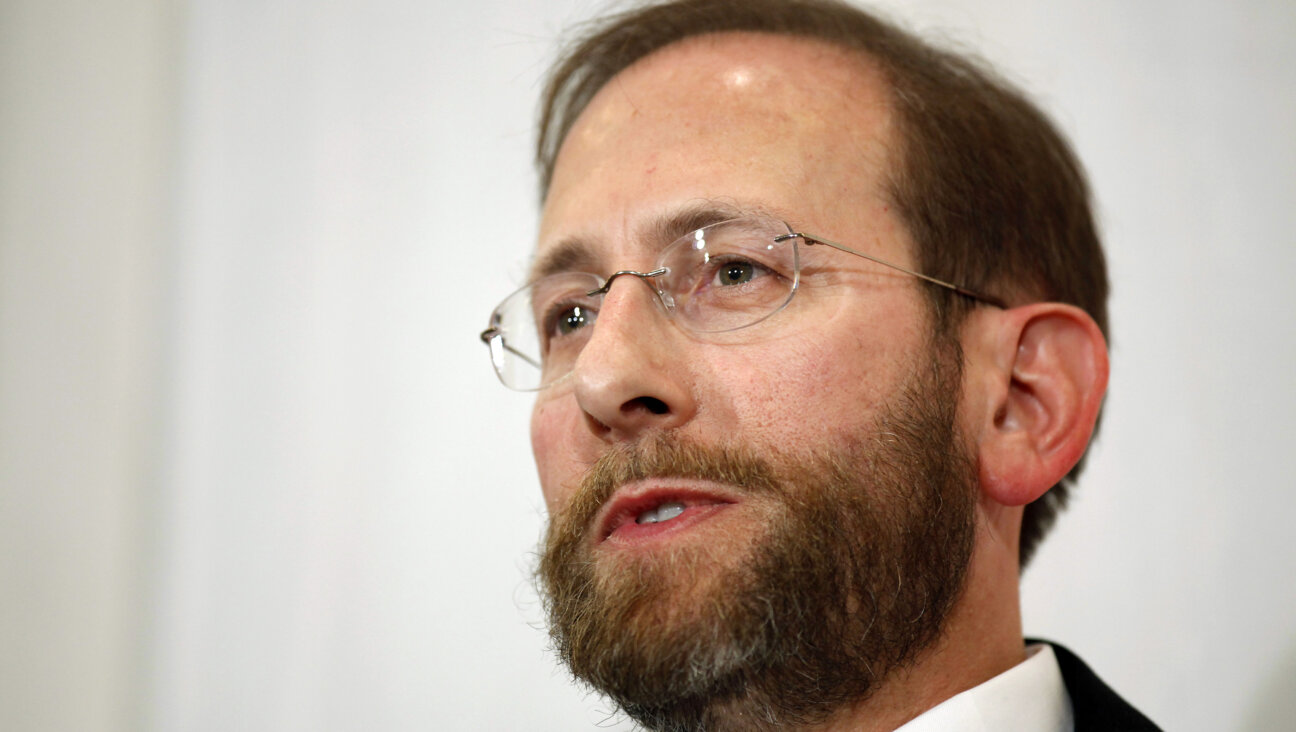Book Center Goes Digital
Long faced with extinction, Yiddish literature has been preserved for the digital age with a newly activated online archive.
Since the beginning of February, more than 10,000 titles have been available for browsing, skimming and study via the National Yiddish Book Center, an Amherst, Mass., collection that includes more than one million volumes that have been saved from oblivion. The new online library marks a major step toward making the language “one of the most accessible on the planet,” said Aaron Lansky, the book center’s founder and president, and is “available, completely free to the whole world,” on the organization’s Web site.
“It’s just kind of fun and astonishing to have it on the computer,” said Lansky, a 1989 MacArthur Foundation “genius grant” recipient for his work with the book center. “It changes your whole perception of the literature to have it there and accessible in that way.”
An outgrowth of a digitization project that began in 1997, the online library contains nearly all the book center’s volumes no longer protected by copyright, with offerings ranging from classics of the language to works with a more limited potential audience. Readers can search for a desired work by title, author, subject and other keywords, using either Hebrew characters — the script traditionally used by Yiddish writers — or the Latin alphabet. They can read books they select in several formats, including as PDF files, on iPods or as old-fashioned computer printouts.
The new reading options give the works a fitting “contemporaneity,” Lansky said. Describing the Yiddish canon as “an inherently modern literature that deserves to be” online, Lansky began the literary rescue mission that would become the Book Center in 1980, while still a graduate student, and recalled reading deteriorating original volumes that would literally crumble as he read them. “I had the experience of reading books that were falling apart, that would leave a dusty feeling on your hands… and my wife yelling at me for getting crumbs in bed,” Lansky said.
Despite early predictions that there might be just 70,000 Yiddish volumes remaining for him to collect, Lansky, along with his partners, quickly exceeded that figure, and for periods of the book center’s history received roughly 500 books a week from Yiddish readers and their descendants around the world. While most of the volumes are duplicates, others contain surprises representing the breadth and richness of Yiddish-speaking life, including a memoir from an ostrich-raising commune in Zimbabwe, and a first-aid guide for soldiers in the Soviet army. The book center has also been involved in establishing Yiddish collections for libraries in 26 countries, including two at Chinese universities, and it continues to receive between 200 and 300 books a week. “It’s late in the story at this point,” Lansky said, “but we have over 100 volunteers in communities around the world, and they let it be known that the volumes are wanted.” The book center recently received its first donation from Ireland, he noted, describing the new materials as “a great treasure.”
The dwindling population of native Yiddish speakers raises an obvious question about who, exactly, might venture online to read Sholom Aleichem in the original. But “in some ways, it’s no different than the question I was asked 30 years ago, when I started collecting,” Lansky said. “Audiences would listen with great skepticism, but today there’s been a revolution, with more emphasis on social history [in academia], and more and more young people interested in Yiddish and studying it. We see ourselves as creating people reading and understanding it.”
To that end, the book center is increasingly shifting its focus from collecting to education, setting up formal online Yiddish courses, which will be offered through the University of Massachusetts at Amherst. Lectures and concerts organized by the book center will be recorded on video and made available as free downloads through iTunes U, a “mobile learning” project created by Apple. The book center itself is also expanding, with a 22,000-square-foot addition to its current facility under way. The new space will include more storage area for books, as well as room for additional educational programs, including a School for Jewish Culture.
While Lansky speaks with obvious satisfaction about the book center’s progress over the decades — the organization has been housed, at various times, in a former silk mill, an elementary school and a roller rink — there remains “one more holy grail, if you’ll pardon the expression.” Within the next few years, the book center’s collection will undergo OCR (optical character recognition) scanning, which will allow readers to search for individual words and expressions as they perform research or otherwise browse the online library. When the book center opened, “we didn’t have personal computers,” Lansky said, “but soon, readers will be able to search 5.5 million pages of Yiddish text in seconds.”
The step after that, he said, is “how do you get the world to know what’s in these books? We’re very excited about the projects, so stay tuned. We’re not done yet.”
The Forward is free to read, but it isn’t free to produce

I hope you appreciated this article. Before you go, I’d like to ask you to please support the Forward.
Now more than ever, American Jews need independent news they can trust, with reporting driven by truth, not ideology. We serve you, not any ideological agenda.
At a time when other newsrooms are closing or cutting back, the Forward has removed its paywall and invested additional resources to report on the ground from Israel and around the U.S. on the impact of the war, rising antisemitism and polarized discourse.
This is a great time to support independent Jewish journalism you rely on. Make a gift today!
— Rachel Fishman Feddersen, Publisher and CEO
Support our mission to tell the Jewish story fully and fairly.
Most Popular
- 1

Opinion The dangerous Nazi legend behind Trump’s ruthless grab for power
- 2

Culture Trump wants to honor Hannah Arendt in a ‘Garden of American Heroes.’ Is this a joke?
- 3

Opinion A Holocaust perpetrator was just celebrated on US soil. I think I know why no one objected.
- 4

Culture Did this Jewish literary titan have the right idea about Harry Potter and J.K. Rowling after all?
In Case You Missed It
-

Fast Forward Protesters clash in Crown Heights as Ben-Gvir visits Chabad headquarters
-

Yiddish ווידעאָ: היסטאָריקער שמואל קאַסאָוו דערציילט מעשׂיות פֿון זײַן משפּחה־געשיכטעVIDEO: Historian Samuel Kassow shares stories about his family history
דער ווידעאָ איז טשיקאַווע סײַ פֿאַרן אינהאַלט סײַ פֿאַר קאַסאָווס נאַטירלעכן ליטוויש־ייִדיש
-

Culture I have seen the future of America — in a pastrami sandwich in Queens
-

Culture Trump wants to honor Hannah Arendt in a ‘Garden of American Heroes.’ Is this a joke?
-
Shop the Forward Store
100% of profits support our journalism
Republish This Story
Please read before republishing
We’re happy to make this story available to republish for free, unless it originated with JTA, Haaretz or another publication (as indicated on the article) and as long as you follow our guidelines.
You must comply with the following:
- Credit the Forward
- Retain our pixel
- Preserve our canonical link in Google search
- Add a noindex tag in Google search
See our full guidelines for more information, and this guide for detail about canonical URLs.
To republish, copy the HTML by clicking on the yellow button to the right; it includes our tracking pixel, all paragraph styles and hyperlinks, the author byline and credit to the Forward. It does not include images; to avoid copyright violations, you must add them manually, following our guidelines. Please email us at [email protected], subject line “republish,” with any questions or to let us know what stories you’re picking up.















